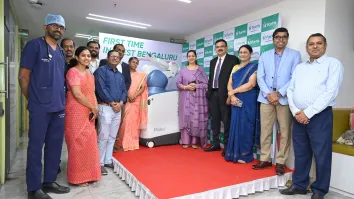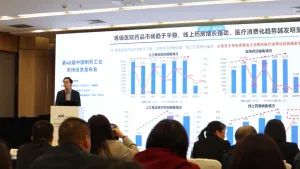
Pain management devices market set to reach $5.84B by 2029
It is driven by an increasing prevalence of chronic pain, a rise in surgical procedures, and a growing aging population.
The global pain management devices market is expected to grow from $3.77b in 2024 to $5.84b by 2029, at a CAGR of 9.1%.
This growth is driven by an increasing prevalence of chronic pain, a rise in surgical procedures, and a growing aging population. The demand for advanced devices and government initiatives aimed at improving affordability are also contributing factors.
Additionally, investments in new product development and the rising use of pain management devices in home care settings are expected to support market growth.
The neurostimulation devices segment holds the largest market share, driven by ongoing clinical studies and new product launches focused on chronic pain management.
In terms of application, the neuropathic pain segment leads due to its high global prevalence and the effectiveness of pain management devices in treating this condition.
Prescription pain management devices dominate the market, supported by FDA approvals, established safety profiles, and favorable reimbursement scenarios.
Moreover, the home care settings segment is experiencing the highest growth rate, thanks to technological advancements and increased acceptance of pain management devices that reduce the need for hospital stays.
Asia Pacific is also projected to have the highest growth rate in the coming years, spurred by rising healthcare expenditures and the increasing prevalence of chronic diseases.
However, challenges such as high procedural costs and an increase in product recalls may hinder overall market growth.



















 Advertise
Advertise






